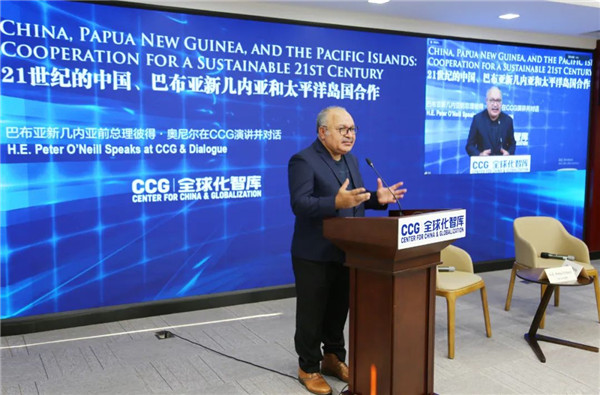CCG invited to IOM’s Workshop in Geneva
Dr. Wang Huiyao, President of Center of China and Globalization, was invited to participate as a speaker in the “South-South Migration: Partnering Strategically for Development” Workshop organized by the International Organization for Migration as part of its March 24-25, 2014 International Dialogue on Migration (IDM) in Geneva, Switzerland.
The acceleration of globalization has significantly increased the number of countries affected by international labor mobility. Evidence indicates that the South-South global flow of people has now reached the same level as the South-North migration (both account for 35% of cross-border population movements worldwide). And while North-South movements still account for a tiny share (3%) of cross-border population flows, this emerging trend is beginning to receive greater international attention. These new developments in global migration have for some time been a focus of scholarly debate and discussion; however, they have been less well-noticed by politicians, the news media, and policymakers. The IDM provided a platform for the discussion and analysis of issues connected to these emerging migration trends. IDM also examined how international and regional organizations can contribute to improving the understanding of South-South migration, thereby enhancing its potential for development.
Dr. Wang spoke on “Recent trends in migration between China and other developing countries”. First, he reviewed overall Chinese international migration trends in recent years. In 2013, China was the world’s fourth largest source of migrants and its largest source of overseas students. That massive outflow has created a major deficit for China with respect to the exchange of global talent. Although the return rate of Chinese students studying abroad has risen recently, the fact is that most of these skilled migrants prefer to remain in developed countries in Europe North America. He then presented current trends in migration from China to Africa and other developing countries, along with immigration to China from countries in the South. Many researchers estimate that the number of Chinese migrants living in Africa amount to 1 million. Studies show that most of these individuals are staying temporarily in Africa, working for Chinese SOEs undertaking projects on the continent. But an increasing number of Chinese migrants to Africa are independent entrepreneurs who go there in search of new business opportunities. Although the number of immigrants to China is going up, migration to the country remains small, with just 800,000 foreigners living in the Middle Kingdom in 2013. Finally, Dr. Wang reviewed current trends in international talent mobility and China’s talent policy. The international flow of talent has become a central aspect of globalization. Highly skilled migrants are major contributors to the economies of both the recipient and source countries, and this is especially true in the high-tech industry. Thus, the Chinese Government is paying more attention to global talent and various talent resources.
LocationSwitzerland





